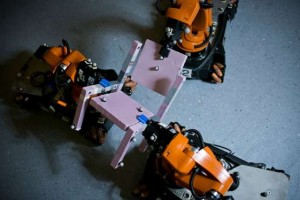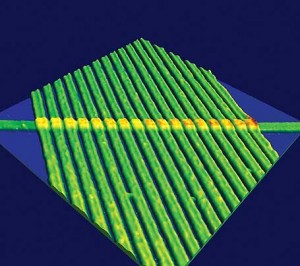Live broadcasting app Periscope pops up on Android
Following the much-hyped iOS launch back in March, Twitter’s live broadcasting app Periscope has now landed on Android. Unveiled on Tuesday, the app carries the same functionality as its iOS sibling, but with a few minor differences unique to the Android platform.When Periscope debuted earlier this year, it generated much discussion about the future of broadcasting. From that point, anybody wielding an iOS device could stream all the action live from their camera to anybody willing to tune in.
Much like Twitter itself, it quickly became a popular tool for celebrities and was adopted by everybody from Jimmy Fallon to Ringo Starr. What’s more, it raised interesting questions about piracy, with this month’s Pay-Per-View Mayweather-Pacquiao bout beamed live to the smartphones of non-paying sports fans all around the world.
Android users running version 4.4 (KitKat) can now freely download the Periscope app from Google Play. As it does on iOS, the app integrates with Twitter, offering users a list of suggested accounts to follow the first time they sign in. The home screen displays live and recent streams from people you follow, along with featured streams suggested by the app.
A shiny red button at the bottom right of screen can be hit to begin a broadcast of your own, which users can choose to be public or a private broadcast streamed only to followers they select. Give the broadcast a title, tag the location if you wish and you’re away, bringing a summary of your lunch or a fire in Brooklyn live to the mobile screens of anybody who is interested.
In a blog post, Periscope’s developers note a few differences between the Android and iOS versions. Further to an interface inspired by Material design, Google’s visual language, Android users can configure the app to push notifications when somebody they follow on Twitter broadcasts for the first time and also if somebody they are following shares somebody else’s broadcast. Another added feature is the ability to resume watching broadcasts from where you left off, should you be interrupted by a phone call or message.
References:http://www.gizmag.com/





